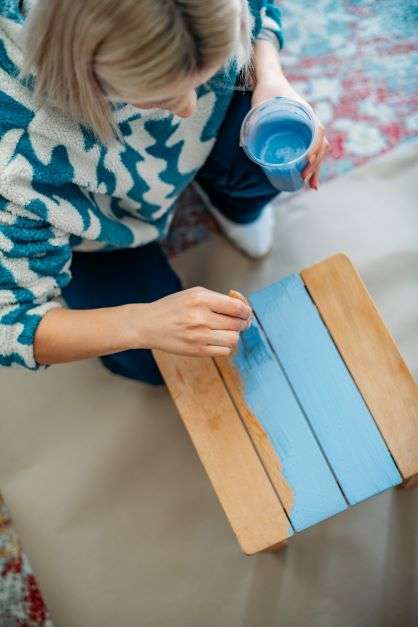COMMENT: The role of sustainability in design is like a tap you can turn on and off as much as you want.
Some would argue that’s not true sustainable design as your intention should be as environmentally as possible, but reality is a consequence that we must factor in.
The lifecycle chain of imported product isn’t even a consideration for most wholesalers as the demand from consumers in furniture, furnishings and textiles hasn’t caught up to our mindset that we practise in the supermarket.
If you buy a sofa from one of the big furniture franchises in New Zealand, I can guarantee that the timber for the frame isn’t from a forestry stewardship programme, the fabric isn’t made from recycled fibres, the foam has a high level of toxicity and in general the piece will last about 10 years before hitting the landfill.
Start your property search
But you still buy the sofa because it’s a good price. Otherwise, what is the alternative and what environmental features should I be looking for?

See what you can up-cycle from antique or op-shops. Photo / iStock
Know your wood
Getting to know your wood options is a good place to start.
When it comes to tables or flooring, there is a big environmental selection available to you. Keep an eye out for products that have been made from sustainable forests. These stewardship programmes keep a strict regulation on the amount cut down and replaced to help slow down the depletion of carbon.
The trucks and processes are generally all recorded with an environmental footprint however, loses its way once it gets distributed to factories.
Bamboo is a good one to look out for - a fast-growing wood and very durable. Reclaimed wood is a way for you to get a unique piece in your home. My dining, coffee, console and entertainment unit are all reclaimed wood and somehow it doesn’t look too eclectic.
I once made two large dining tables for a client from old Rimu wood that was salvaged from a building’s floorboards in the Christchurch earthquakes. It was restored, sanded and they will always have a piece of Christchurch history with them.

Bamboo is a good wood to use at home because it is fast-growing and very durable. Photo / Supplied
You can always up-cycle
See what you can up-cycle from antique or op-shops.
Some of these wooden pieces are made with extremely good quality hardwood and, with a bit of love, can be made into a statement piece in your home. Be careful of composite woods such as MDF that have been coated with lacquer or a heated plastic wrap. You will often find these on kitset pieces and have a high level of toxins to harden the cheap composite.
Go for New Zealand-made products
Paying a little bit more for something that will last has definitely been a trend for our residential clients over the last two years.
Perhaps because of the pandemic with price increases and delayed shipments, we aren’t wanting to go through the arduous shopping expeditions as often. As a result of this, I have seen clients more interested in customising a piece that they don’t want to compromise on.
This way they have control on the materials, dimensions, environmental impact and quality.
These New Zealand-made pieces are crafted to be timeless inside and out. They are the types of products that would end up in your holiday home to carry out another 10 years of its lifespan and still look good.
With New Zealand-made products, you can choose the type of foam, steel, hardware and fabrics which all have an element of serviceability should it need to be repaired instead of discarded.

Paying a little bit more for something that will last has been the trend for sometime now. Photo / Supplied
Use sustainable materials
To finish off, the more buyer awareness of asking questions and making conscious decisions, the more we will have greater environmentally-responsible options to choose from.
Greenstar buildings have certainly put us in the right direction. If you aren’t going through a Greenstar build, push back on your designers to see if there is a more sustainable material option at a similar price.
Quite often there is if they look. But we also need to follow through with interior finishes, decor and furniture to start to shift the cheap and cheerful narrative to one that can be disassembled, recycled or reused for another generation to enjoy.
- Laura Heynike is director of Pocketspace Interiors.















































































